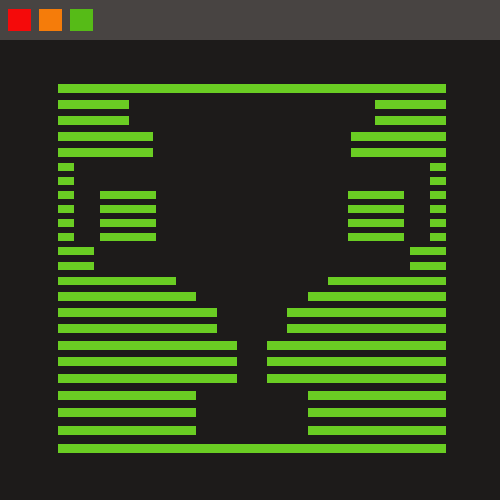For this challenge we gave you what is called a .json file. This is a way of storing data in ‘key-value pairs’.
The ‘characters’ section of the file tells you which characters are used to make the answer, and the ‘order’ section tells you where each of these characters can be found. For example, first maps to six, and the character that six maps to is B. You can continue this process to obtain the solution.
Another method would be to create the file yourself, and then solve the challenge with a little bit of code. In Python this can be done with the following code:
import json
with open('challenge.json', 'r') as f:
dict = json.load(f)
order = dict['order']
charset = dict['characters']
solutionLength = len(dict['order'])
solution = ''
for char in order:
solution += charset[order[char]]
print(solution)
This code works as Python dictionaries and .json files are equivalent, so the file can be loaded into a dictionary and then can be iterated over to quickly carry out a process on every item that it contains.
Whichever way you choose to solve it, you will end up with the solution of: BOND_SOUNDS_BETTER.
